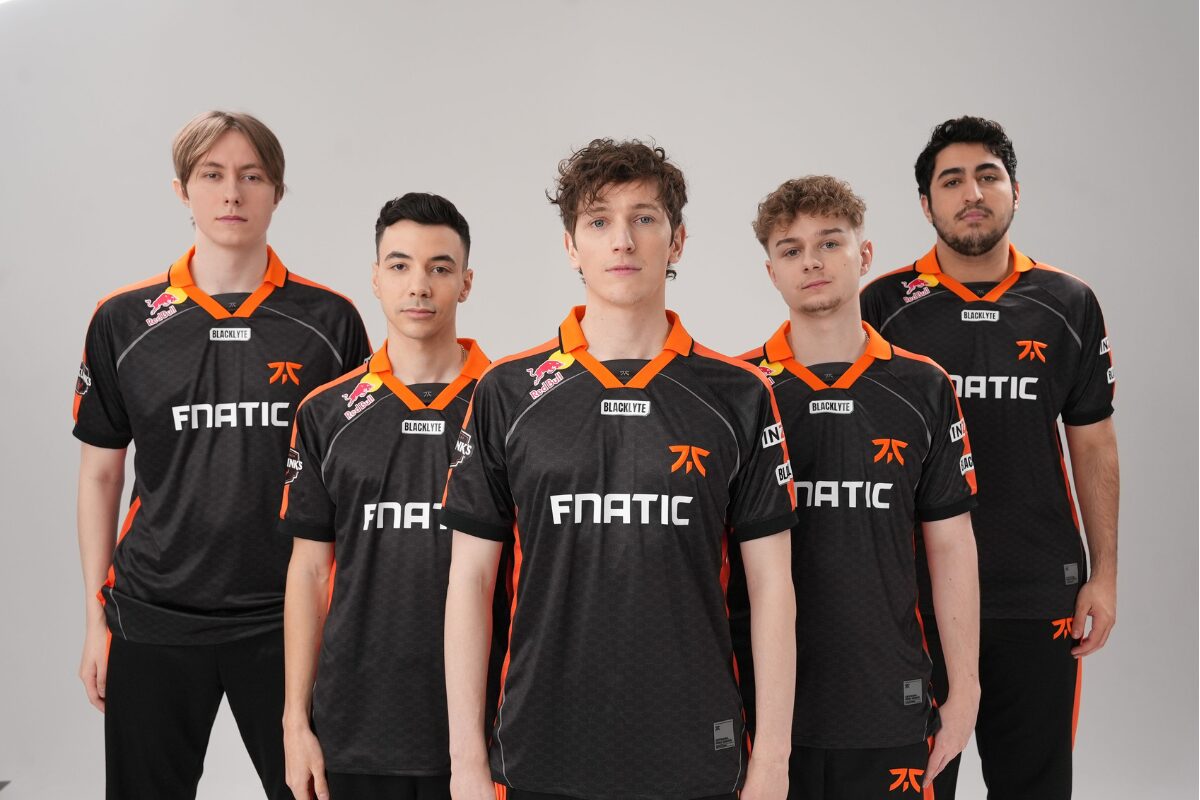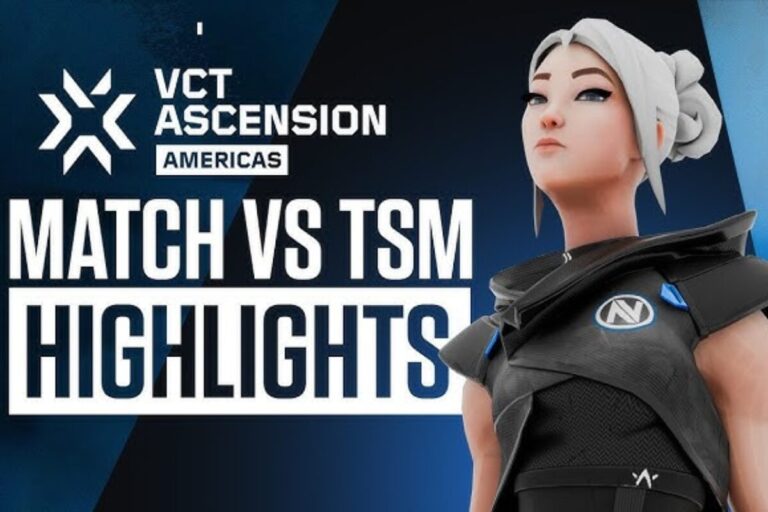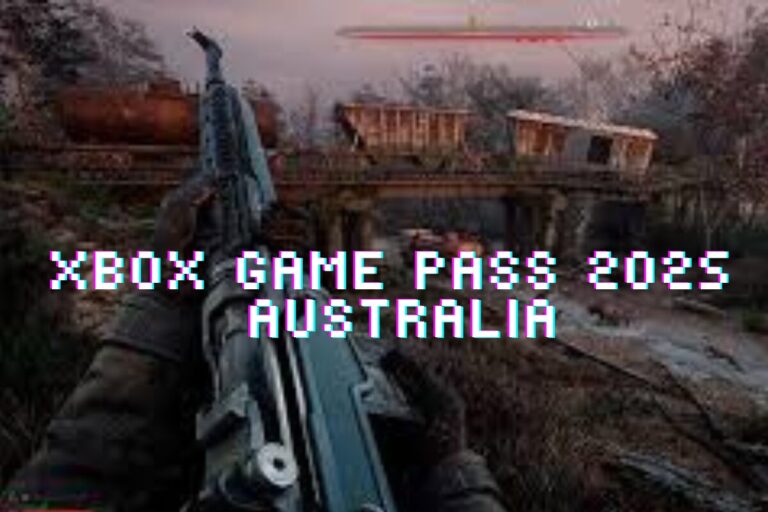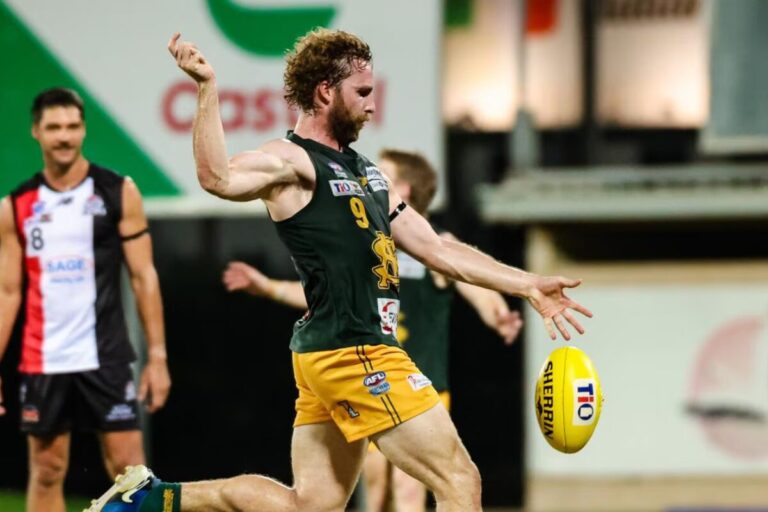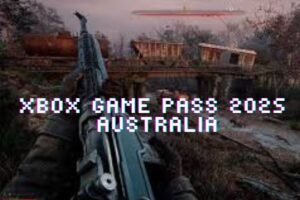After finishing as runners-up at Valorant Champions 2025, Fnatic now face the task of turning ‘so close’ into ‘standing at the top’. Central to that ambition is how the organisation’s leadership—both in the server and behind the scenes—frames the next chapter. This article examines what must change, what stays the same, and how leadership will shape the journey.
Lessons from the 2025 season: what leadership learned
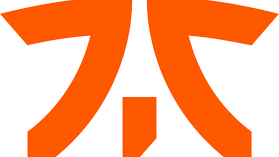
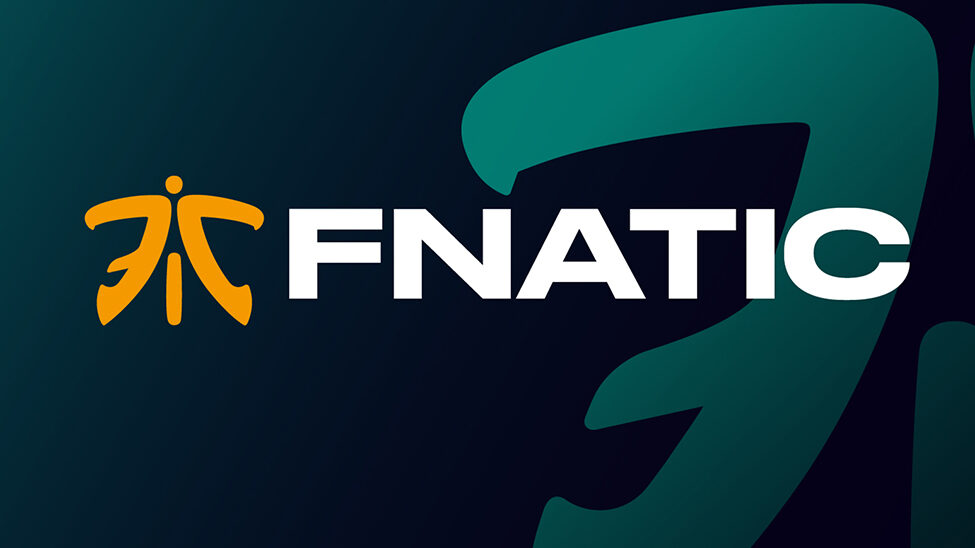
Fnatic’s 2025 campaign showed both brilliance and fragility. While their strategic discipline carried them deep into tournaments, lapses in mid-series adaptation and communication cost crucial rounds. Leadership learned that championship DNA isn’t just about preparation—it’s about in-the-moment resilience. Expect 2026’s leadership model to emphasize flexibility, real-time feedback loops, and broader delegation beyond Boaster.
Three core pillars of Fnatic’s 2026 leadership strategy
Fnatic’s plan revolves around three interconnected pillars—culture, innovation, and resilience.
- Culture & Mindset: Build consistent winning routines that reinforce accountability.
- Tactical Innovation: Encourage analysts and Boaster to experiment within the team’s established structure.
- Resilience: Create emotional durability for comeback scenarios and tournament fatigue.
Role clarity: Boaster’s duties and how they evolve
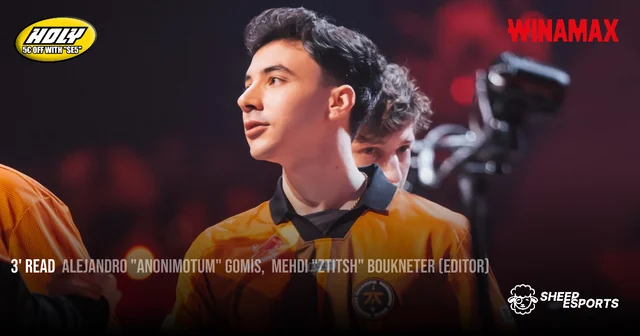
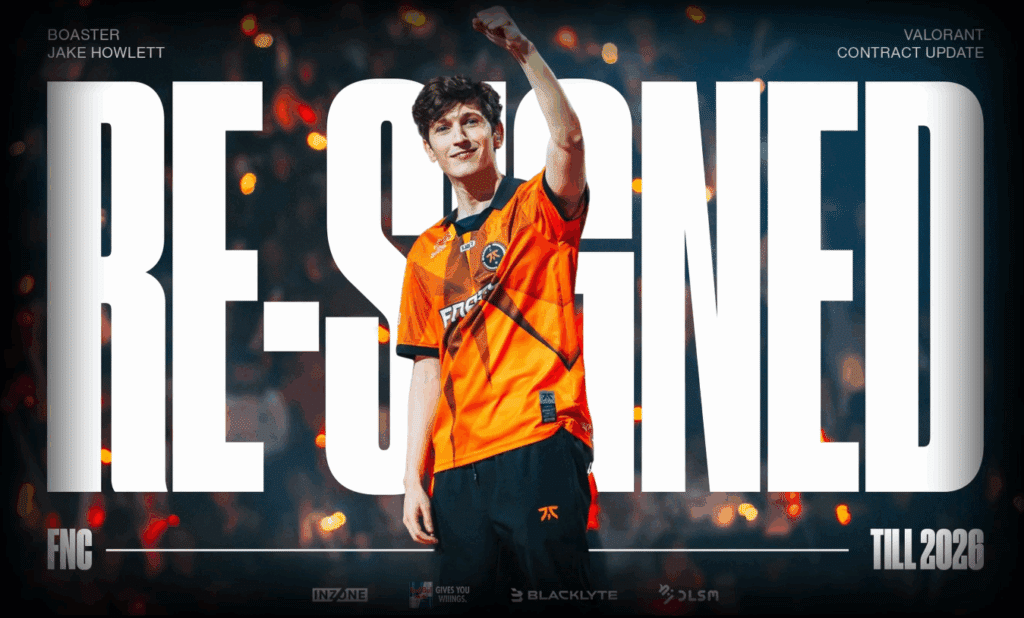
Boaster remains Fnatic’s emotional core and tactical anchor, but his role in 2026 expands beyond IGL duties. Expect him to act as a culture carrier—mentoring newer players, mediating communication styles, and empowering teammates to make micro-calls mid-round. This distributed decision model aims to reduce stress and diversify leadership voices within matches.
Leadership beyond the IGL: support staff, culture & player mindset
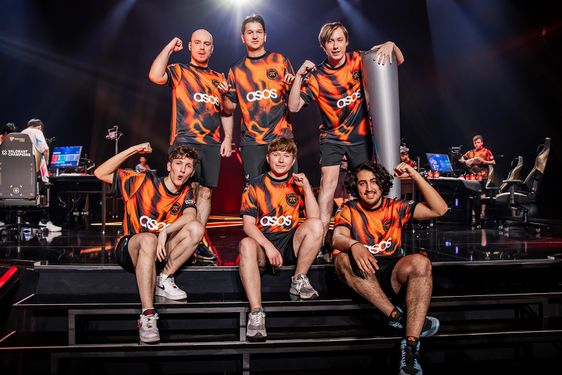
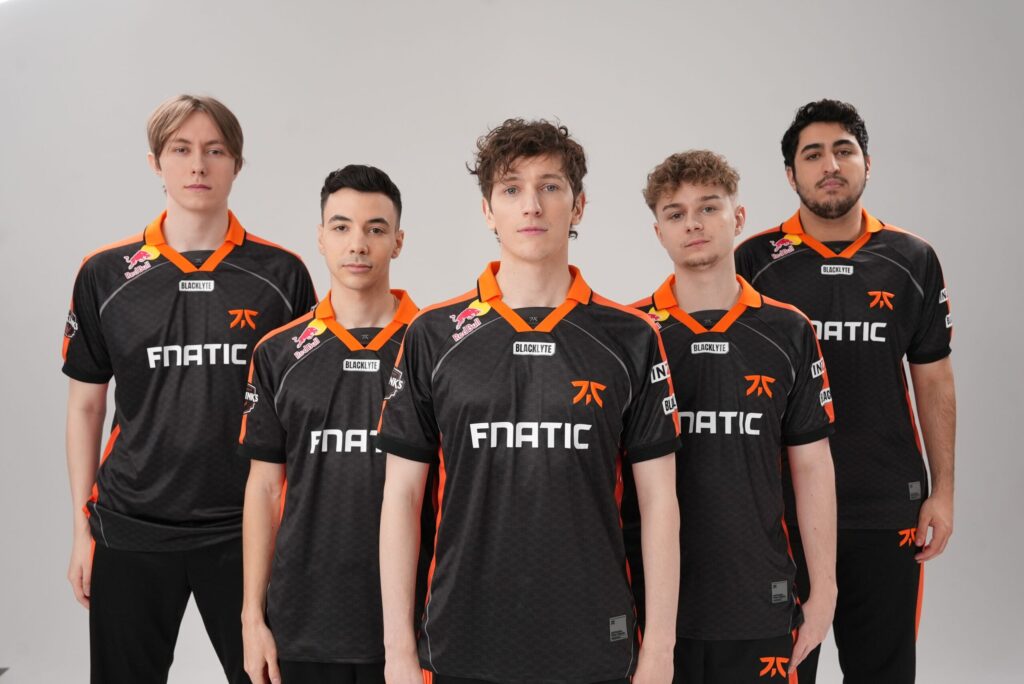
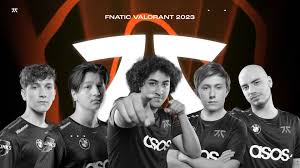
Fnatic’s coaching staff, analysts, and performance coaches are critical to transforming data into results. Their job is to turn scrim insights into executable strategies while maintaining psychological balance. 2026’s leadership model adopts a “shared responsibility” approach, where every department—from strategy to wellness—feeds into a unified team identity.
Measuring success: metrics for leadership in a high-performance roster
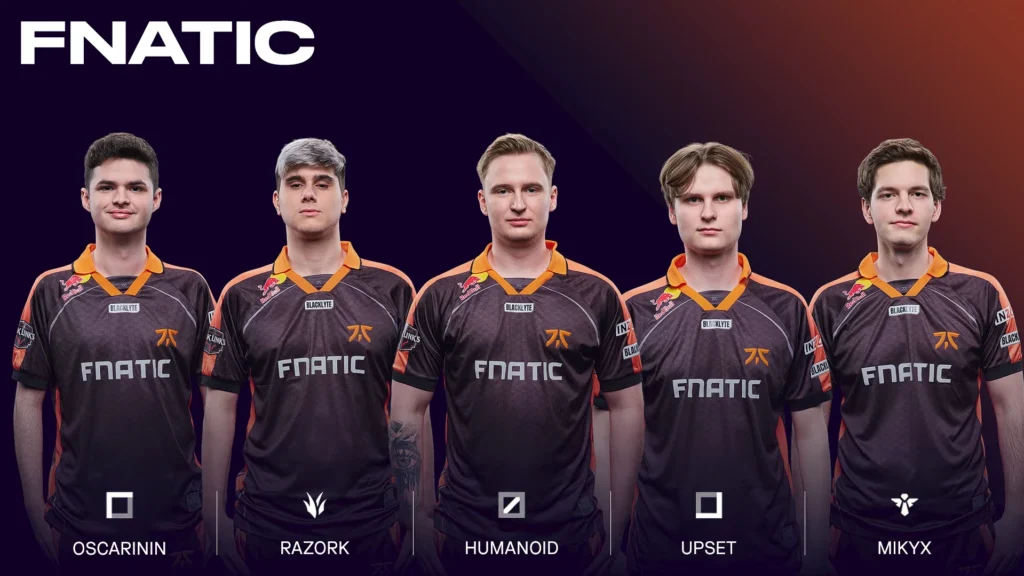
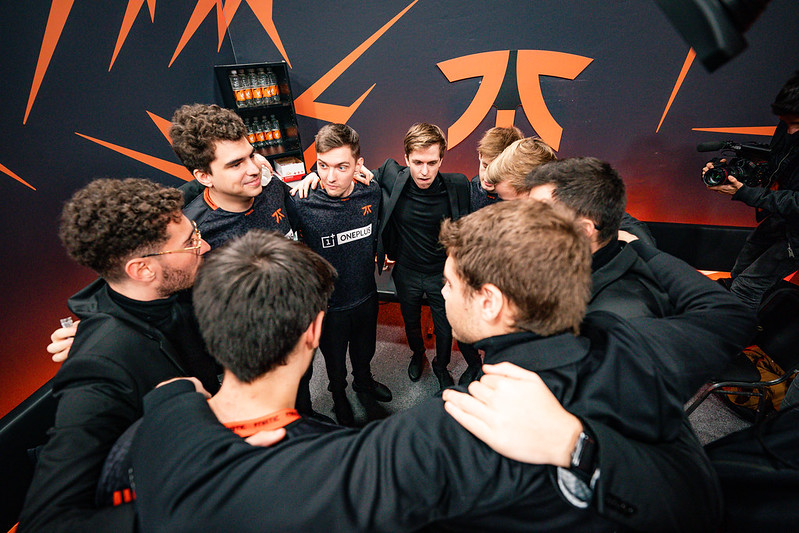
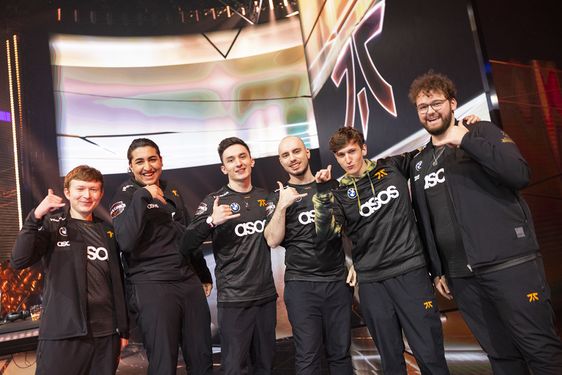
Beyond trophies, Fnatic’s leadership will track KPIs like adaptation speed, scrim consistency, and recovery rate after losses. These internal metrics ensure the process is measurable, not just motivational—keeping performance transparent and progress trackable.
Turning near-misses into championships is a leadership test. Fnatic’s 2026 blueprint relies on culture, clarity, and creative adaptation. If Boaster and his leadership circle can synchronize these pillars, Fnatic may finally bridge the gap from contenders to champions—and cement their legacy in Valorant’s evolving history.

